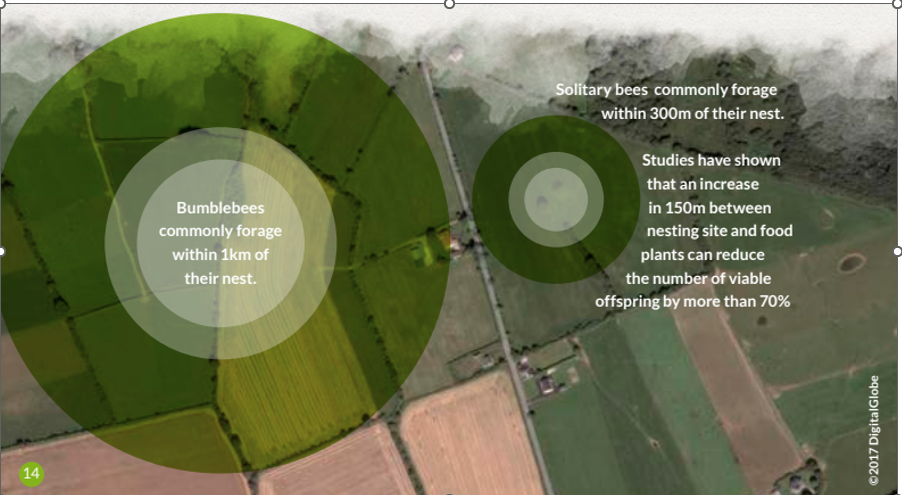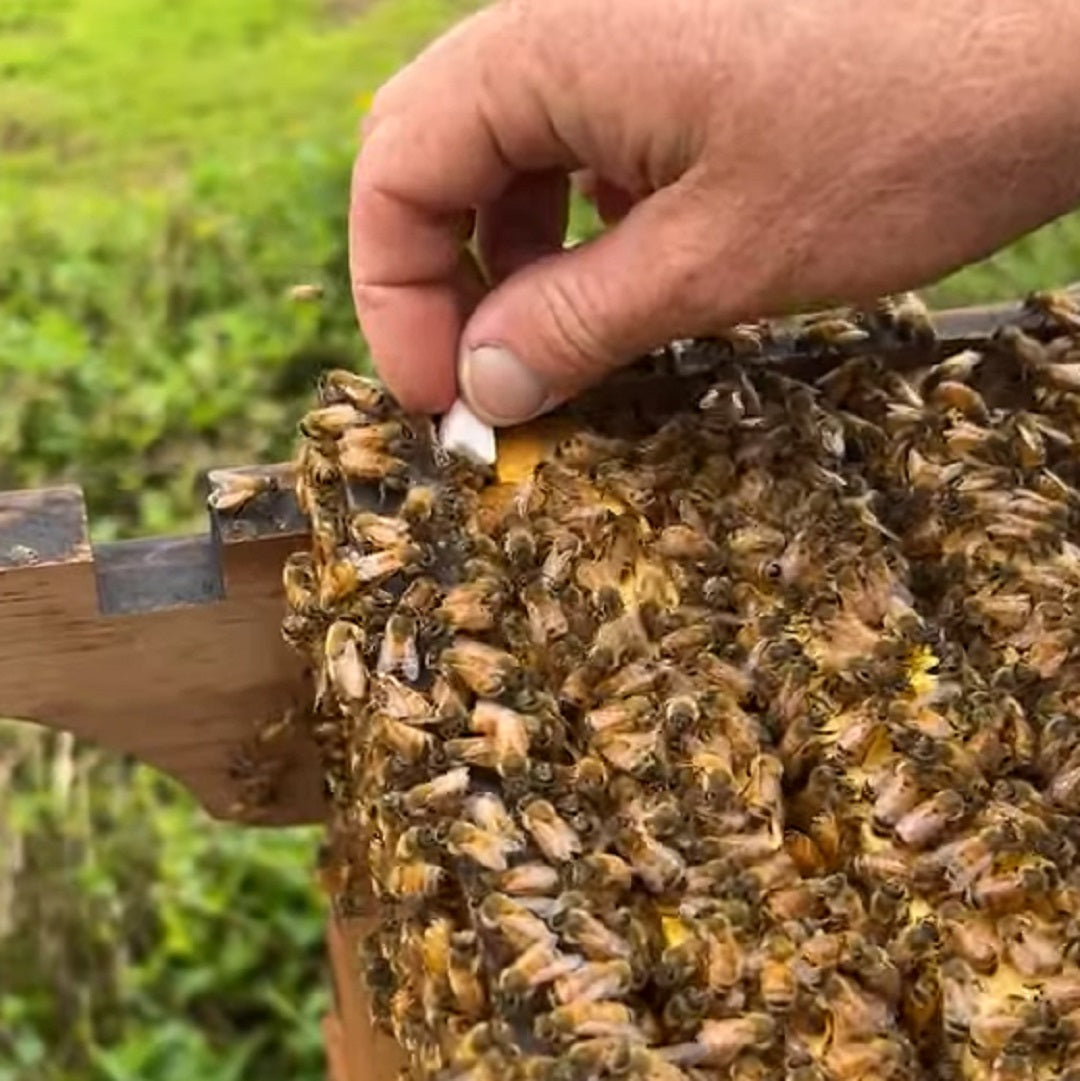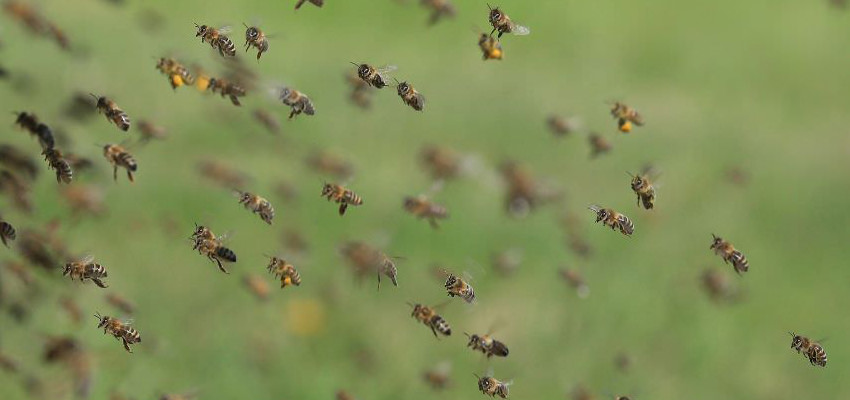Introduction: The Marvel of Bee Travel
As a travel enthusiast, I love exploring new places, experiencing different cultures, and discovering the beauty of nature. However, amidst all this wanderlust, it’s essential to acknowledge the unsung heroes of our environment: the bees. Have you ever stopped to wonder how far these little creatures travel in their quest for nectar? Let’s dive into the fascinating world of bees and their remarkable travel habits, which can teach us a thing or two about our own journeys.
The Basics: How Far Do Bees Actually Travel?
Bees, particularly honeybees, can travel significant distances in search of food and resources. On average, a honeybee will fly about 3 to 5 miles from its hive to forage for nectar and pollen. However, under favorable conditions, they can travel up to 6 miles or more. This distance varies based on several factors, including:
- Availability of food sources
- Weather conditions
- Type of bee
Factors Affecting Bee Travel
1. Type of Bee
Different species of bees have varying flight ranges. For example, bumblebees typically forage within a distance of 1 to 2 miles, while some solitary bees might travel even less.
2. Environmental Conditions
Weather plays a crucial role in how far bees are willing to travel. A sunny day is perfect for foraging, whereas rain or extreme heat can limit their activity. Additionally, the availability of floral resources can affect their range.
3. Hive Needs and Communication
Bees communicate using a dance known as the waggle dance to inform fellow hive members about the direction and distance of food sources. This communication is vital in maximizing their foraging efficiency.

Traveling Like a Bee: What We Can Learn
In my travels around the globe, I’ve often found myself mirroring the bees’ journey. Here are a few travel tips inspired by our buzzing friends:
1. Know Your Limits
Understanding your own limits is essential. Just like bees recognize their optimal foraging distance, know how much ground you can comfortably cover each day.
2. Follow the Trail of Resources
Bees follow flowers and resources. As travelers, we should seek out experiences and places that truly inspire and enrich us.

3. Communicate with Fellow Travelers
Sharing experiences and recommendations can enhance your travels. Just like bees communicate about food sources, share your travel stories with others!
Comparative Table: Bee Types and Their Travel Distances
| Bee Type | Average Travel Distance |
|---|---|
| Honeybee | 3 – 5 miles (up to 6 miles) |
| Bumblebee | 1 – 2 miles |
| Solitary Bee | Variable (usually less than 1 mile) |

Destinations Inspired by Bees
1. The Lavender Fields of Provence, France
During my visit to Provence, I was greeted with the sweet fragrance of blooming lavender, a favorite among honeybees. I spent hours wandering through the fields, immersing myself in nature while the bees busily collected nectar.
2. The Orchards of Apple Hill, California
Apple Hill is known for its orchards, where bees play a vital role in pollinating the apple trees. I enjoyed delicious apple cider and pie while admiring the buzzing activity around me.
3. The Gardens of Kyoto, Japan
While exploring the serene gardens of Kyoto, I found tranquility among the blossoms, alongside bees buzzing around the cherry blossoms—a sight that reminded me of nature’s harmony.

Pros and Cons of Bee Travel
Pros
- Pollination: Vital for plant reproduction and food production.
- Adaptability: Able to thrive in various environments.
- Community: Social structure that enhances efficiency in foraging.
Cons
- Predation: Vulnerable to predators and environmental changes.
- Exhaustion: Extensive travel can lead to fatigue and lower productivity.
- Climate Impact: Changing climates can restrict their travel and foraging patterns.

FAQs about Bee Travel
How far can bees fly in one day?
Under optimal conditions, bees can fly several miles in a single day, depending on the availability of food and weather conditions.
Do all bees travel the same distance?
No, different types of bees have varying flight ranges. Honeybees generally travel the farthest, while bumblebees and solitary bees limit their foraging distances.

What influences a bee’s travel distance the most?
The availability of resources, weather conditions, and hive needs significantly influence a bee’s travel distance.
How can we support bees in their travel?
Planting native flowers, reducing pesticide use, and creating pollinator-friendly gardens can help support bees and their journeys.
Conclusion: Embracing the Journey
As we’ve explored the incredible travel habits of bees, it’s clear they are much more than mere pollinators. Their journeys remind us of the importance of adaptability, resourcefulness, and community. So the next time you plan your travels, think of the bees and inspire your adventures with their remarkable spirit!
